In 1947, the NEC first recognized different levels of risk exist in hazardous locations.Consequently, it established Division 1 and Division 2, to provide a means to treat the issue. This permitted installation methods to be specified, based upon what was considered to be an acceptable level of risk.
The IEC rules advanced the NEC logic to a new level. The IEC recognized the NEC divisions were based more on whether the hazard was present under either normal or abnormal conditions, instead of on the duration of the hazard. Therefore, the IEC established three divisions, or Zones, that are based on how often the hazard is present rather than upon normal versus abnormal conditions.
Explosion hazards arising from the handling of flammable gases, vapors, and dust are attributable to normal chemical and physical processes. Regulation on hazardous location by means of the Zone system have now been formulated by the International Electrotechnical Commission (IEC), the European Committee for Electrotechnical Standardization (CENELEC), the British Standards Institution (BSI), Deutsches Institut für Normung (DIN), and Association Française de Normalisation (AFNOR). The 1999 U.S.
National Electrical Code (NEC) and the 1998 Canadian Electrical Code (CEC) now recognize the use of the Zone system for classification of hazardous areas. NEC has created an Americanized version of the IEC/CENELEC Zone system in a stand-alone article (Article 505). It uses the familiar Class/Division system and adapts the IEC/CENELEC Zones into it while maintaining NEC wiring methods and protection techniques. CEC, on the other hand, have made changes to the CEC section 18 to reflect the Zone standards while maintaining the standard for the Class/Division in an appendix.
Standards for electrical installations have been established and are governed by a variety of organizations throughout the world to ensure safe electrical systems in hazardous locations. The NEC and the CEC govern the North American Standards. In Europe, the CENELEC has developed standards called EuroNorm (EN) Standards to which many European countries work. Other countries either work to their standards based on the international standards governed by the IEC or accept products and systems certified to European and/or North American Standards. 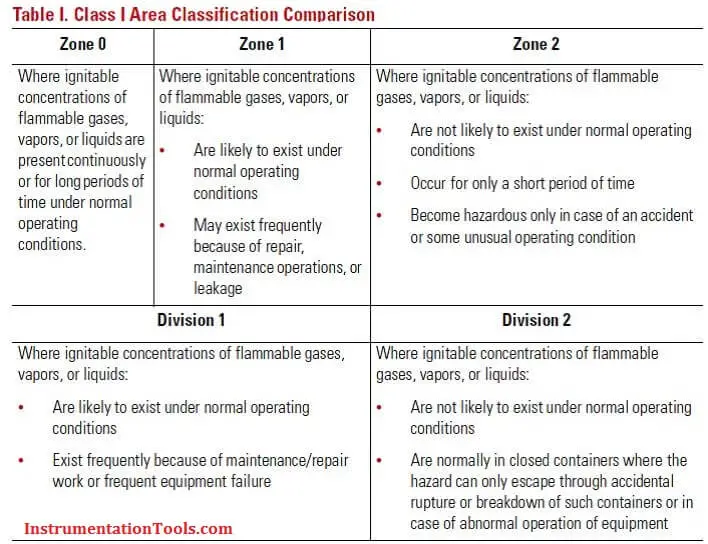
The comparisons between these two systems are not easily accomplished. Both systems are good and are developed independently from each other. They each have their own approach to area classification and each has its own advocates and approval organizations. Not one system is better than the other as neither has been proven to be safer than the other. Each has its own merits. Which system is preferred depends on the user preference, how the areas are classified, and the wiring system used in the facility. Currently the Zone system has wider use throughout the world in the chemical and petrochemical industries.
The Class/Division method is the dominant method used in the North America with requirements set by NEC/CEC. This method is very straightforward, with little interpretation as to the classification and what electrical materials can or cannot be used.
On the other hand, the Zone method offers more choices as how to handle a particular application which may make it seem more complicated. This is because the Division equipment for hazardous location are marked in accordance to the area that it is classified to use, whereas equipment within the Zone method is marked in accordance with the type of protection used by the equipment. It is then the responsibility of the user to apply the proper method of protection in each Zone. However, under the new approach, directive 94/ 9/EC requires additional markings to specify exactly which categories and Zones the product may be used in. Both methods are meant to serve all hazardous areas from oil to sewage treatment to paint spray to everyday gas stations, as deemed appropriate by the user.
The NEC Committee rewrote Article 505 because the Division Classification system and IEC system are too different to merge.
Note: Per NEC Article 505-10(b)(1), a Division classified product may be installed in a Zone classified location but the reverse is not true. Typically, Zone classified product provides protection utilizing a protection method not available in the Class/Division scheme.
North America
In North America-Division, Class, and Group Categories:
Division I – There is a high probability of an explosive atmosphere in normal operation. This can be for part of the time, up to all the time.
Division II – There is a low probability of an explosive atmosphere being present during normal operation.
The North American class designations are:
Class I – Contains flammable gases or vapours in quantities large enough to produce an explosion.
Class II – Is hazardous due to the presence of combustible dust in the air.
Class III – Contains easily ignitable fibres or flyings in the air. However, the quantities of fibres and flyings suspended in the air are not likely to be large enough to cause an explosion.
Group designations further define the types of gases, and dusts:
Example of an American certification would be:
Class 1, Div I A, B and C Div II E, F and G
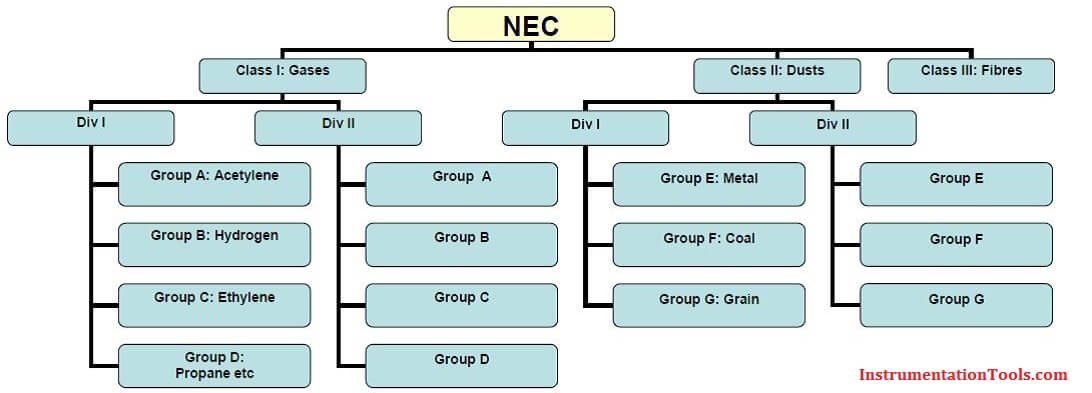
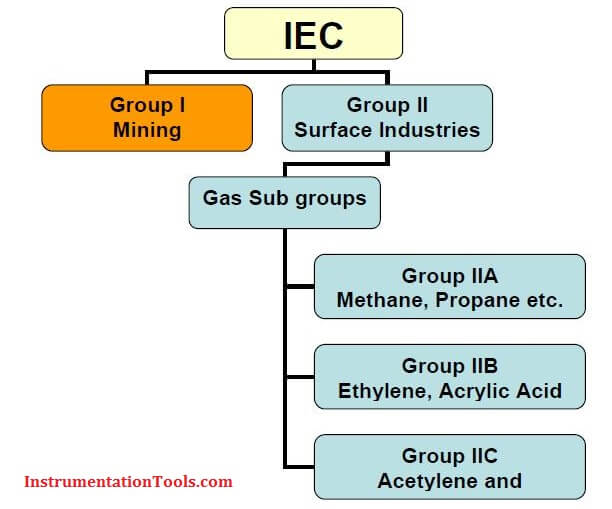

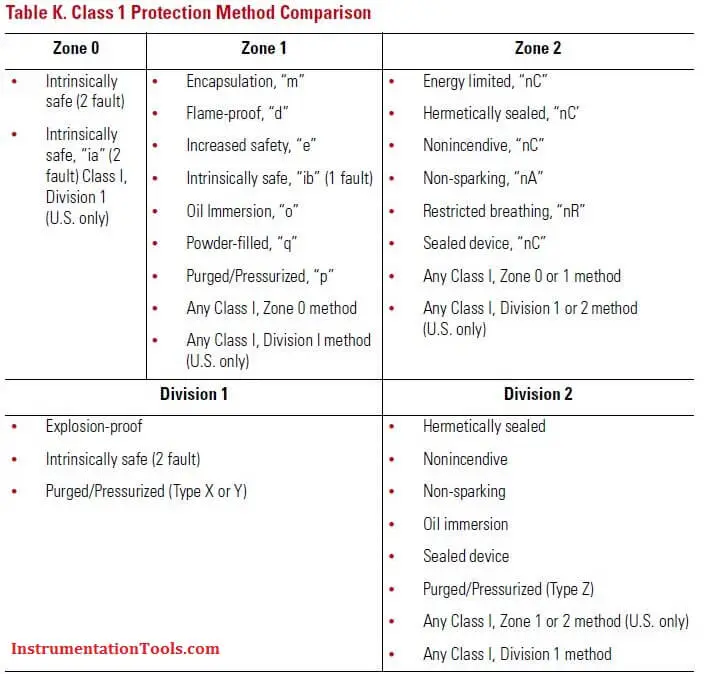
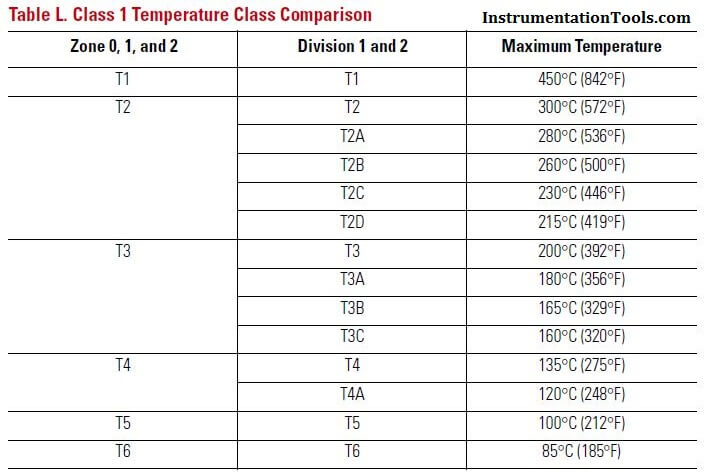
Execution to EN Standards
The rules for marking the electrical equipment are uniformly laid down in the standards relating to general technical requirements.
The marking must indicate the following:
- The manufacturer who has put the item of electrical equipment on the market and who must be able to identify it.
- The type or types of protection the item of electrical equipment conforms to.
- The temperature class for which it is suitable.
- The explosion hazard group or subgroup applicable to the item of electrical equipment.
- The test center issuing the test certificate.
- Any special conditions that have to be observed.
- The standard or revision of the standard applicable to the item of electrical equipment.
Under the Zone System, equipment is marked as such:
i.e., Class I, Zone 1 AEx d IIC T6
Depending on the country certifications, slight variations to the marking is shown in the table below.
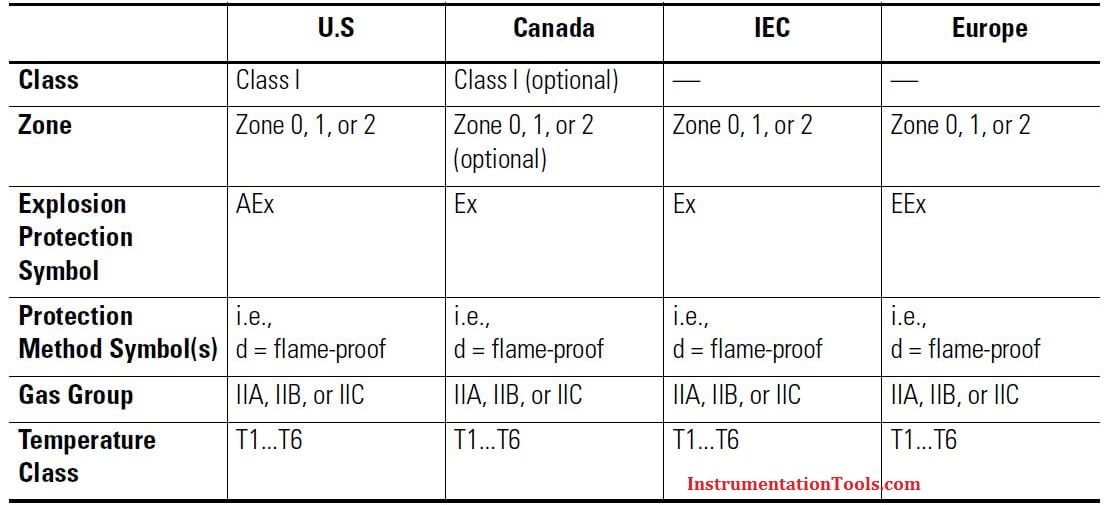
Within the European Community it has been agreed to formulate uniform requirements and introduce uniform assessment and marking to include devices, systems, and components other than electrical equipment. This is laid down in directive 94/9/EC on “Devices and protective systems for use in hazardous areas” (based on Article 100a of the Treaty of Rome and also known as “ATEX 100a”). As this directive includes electrical equipment, the markings are prefixed by additional symbols. The markings on all devices and protective systems for hazardous areas must indicate the areas of their designated use.
Future markings in accordance with EC directive 94/9/EC designating products will look as follows:
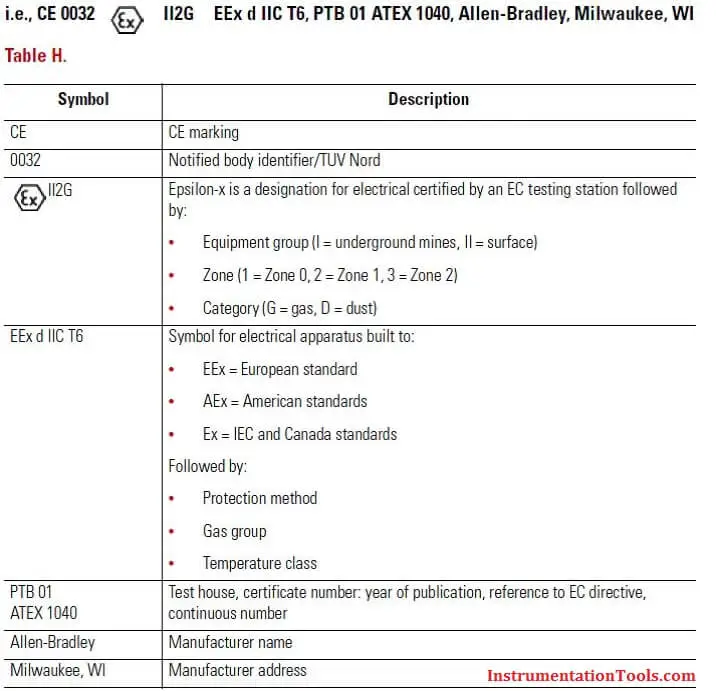
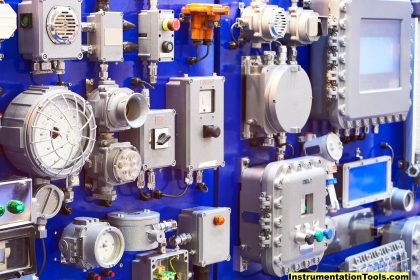
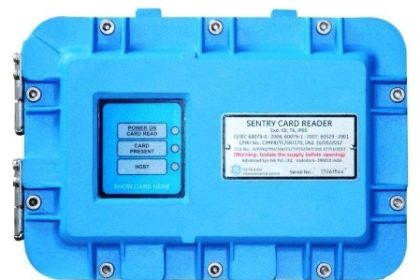
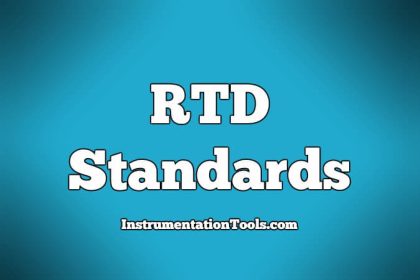



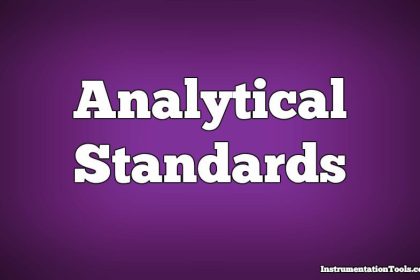
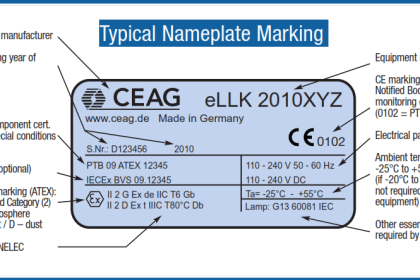

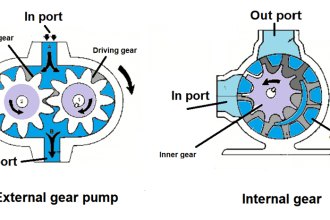




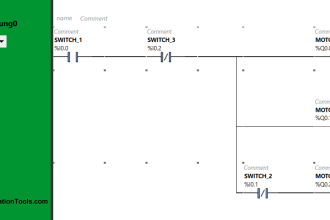


Thank you Reddy sir.
I have been looking for easy understandible notes regarding zones, classes & division.
The information in this post is helping me understand the terms in a better way
Very good detailed explaination of Hazardous Area Classification. You are doing GREAT service to Instrumentation and Control Systems community.